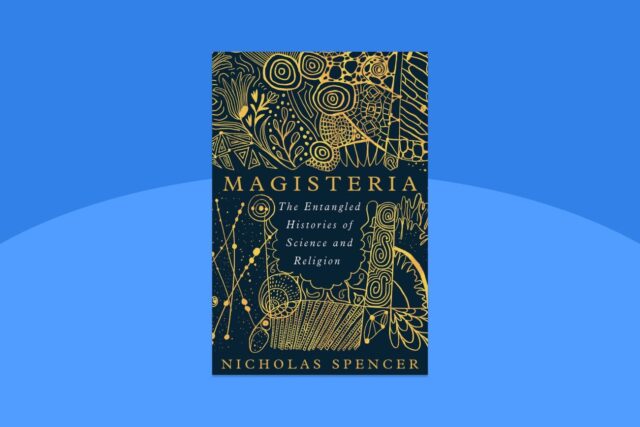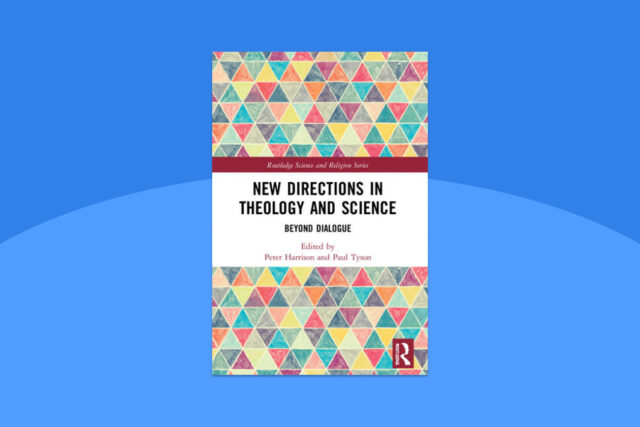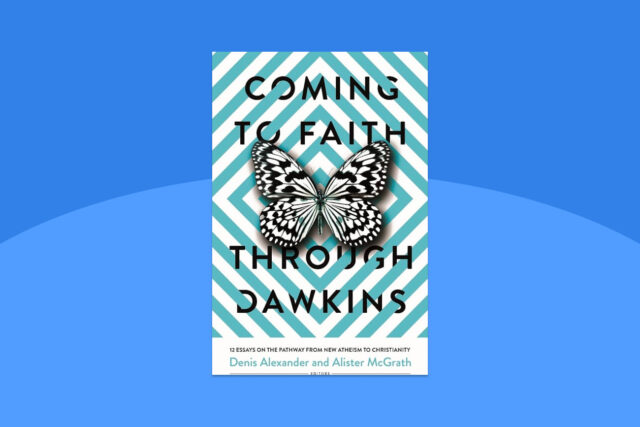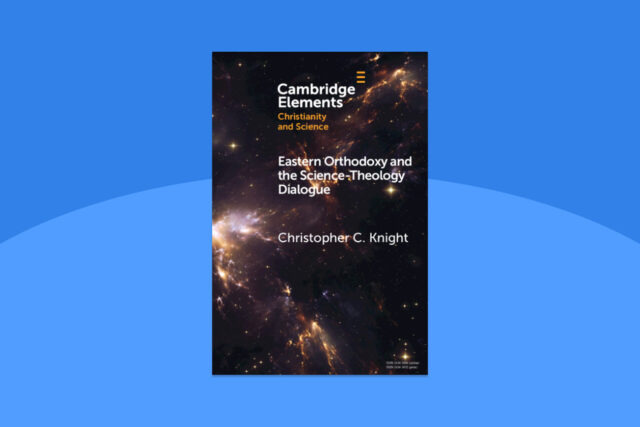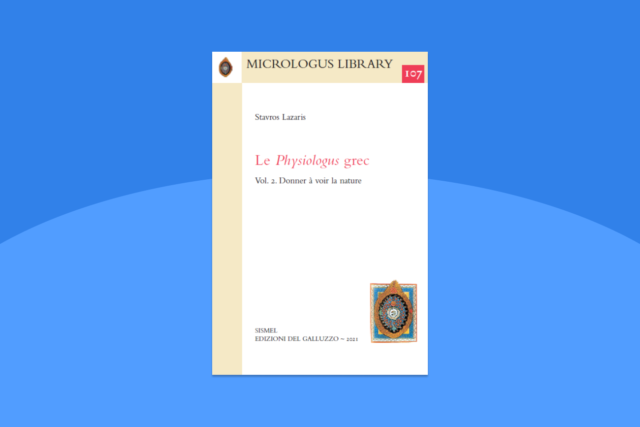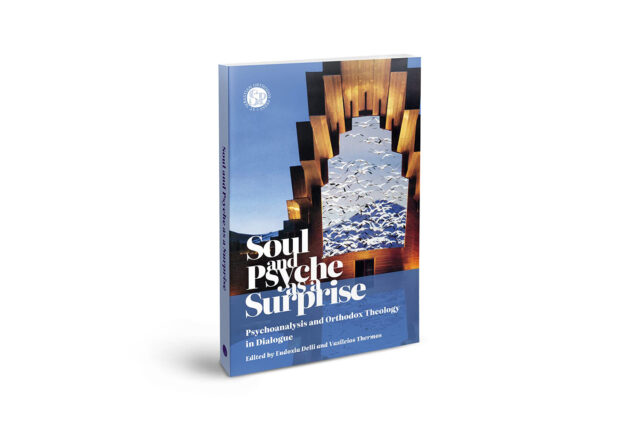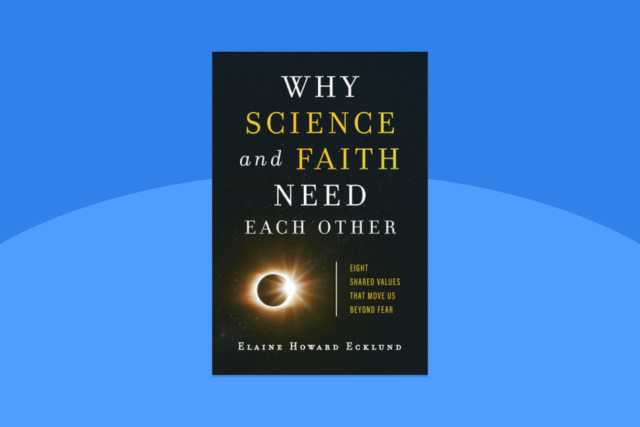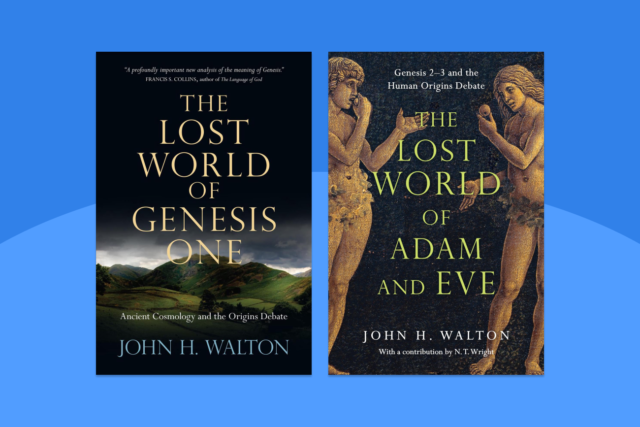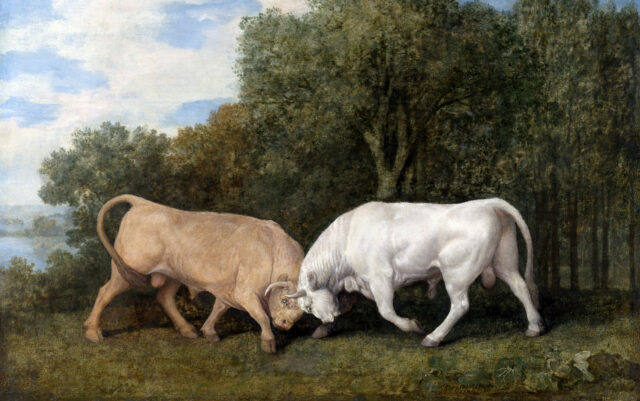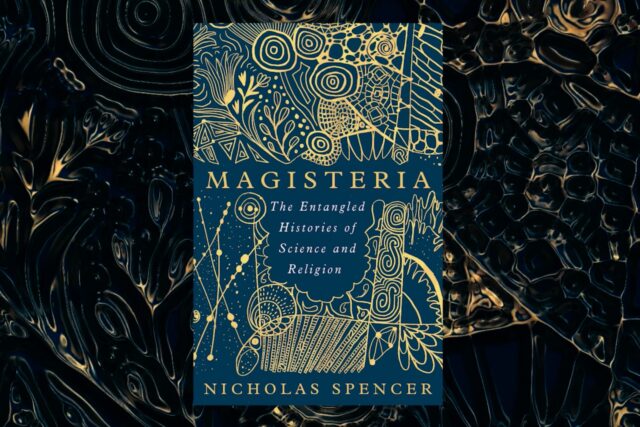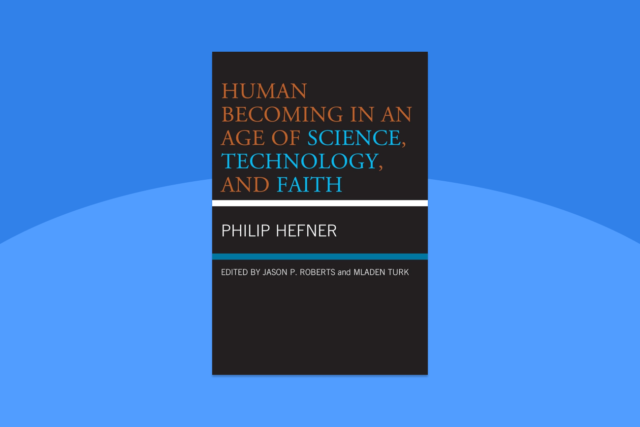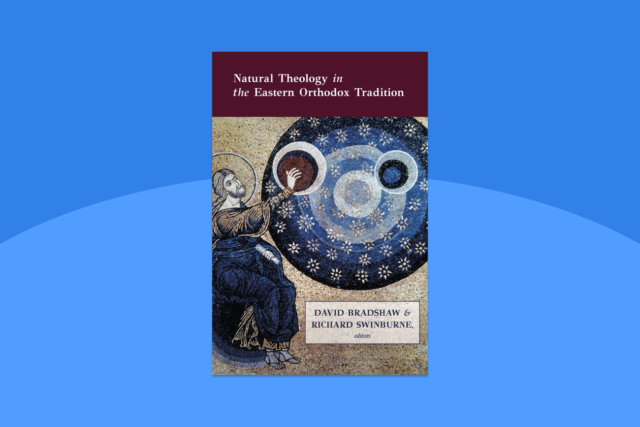
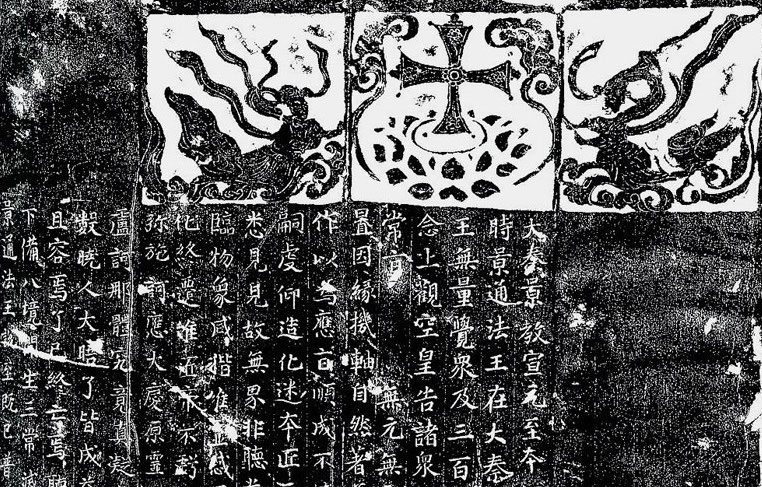
How did Christian missionaries navigate ancient China’s advanced technology?
Dive into their intriguing encounters as they embraced diverse beliefs, blending their own skills with China’s profound concepts of qi (breath, air).
By studying the earliest Christian texts from China (the Jingjiao), we can learn critical lessons from their successes and failures.
Abstract: This article investigates the earliest Christian encounter with ancient China through the missionaries of the Church of the East in the seventh century. In his monumental Science and Civilisation in China, Joseph Needham argues that China was then a country with one of the world’s most advanced science and technology. It was also a time when Buddhism, Daoism, Confucianism, Manichaeism, and Zoroastrianism contributed to a pluralistic society. The paper attempts to answer questions such as: How did the Christian missionaries, as representatives of a minority religion, engage with techno-scientific China theologically? Were their efforts successful? What critical lessons can we learn from their successes and/or failures? By studying the earliest Christian texts in China, the proposal argues that, being equipped with advanced Greek-Byzantine scientific knowledge and skills in medicine, architecture, astronomy, and mechanics, the Church of the East missionaries boldly engaged with the ancient techno-scientific and pluralistic China through their qi-tological, or creative pneumatological approach, which is closely intertwined with the Chinese metaphysical concept of qi (or Chi, breath, air). The article proposes that such an approach serves as a crucial bridge toward a constructive Chinese theology of science for the pluralistic world of the third millennium.
Keywords: Church of the East, Jingjiao, qi-tological approach, techno-scientific China, theology and science
DOI: https://doi.org/10.58913/UJZZ2394

